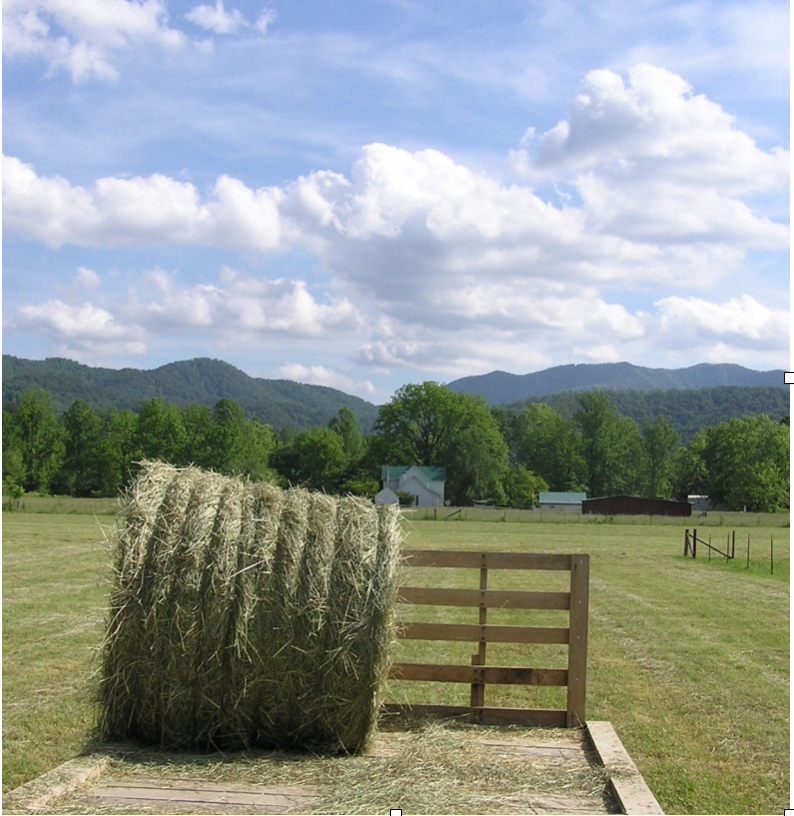AHCA: Far-reaching and Substantial Negative Impact
There is plenty not to like about the American Health Care Act (AHCA), a center piece of President Trump’s legislative agenda. The prospect of someone without health care coverage being penalized when they seek health coverage (the opposite of the Affordable Care Act) is all wrong. Millions of Americans covered under the Affordable Care Act (ACA) will once again find health care coverage unaffordable if the AHCA is passed and federal tax subsidies for coverage and funds for Medicaid expansion are eliminated or people can once again be denied coverage because of pre-existing conditions. How is this making health care more affordable and better as President Trump promised? How is this making America great?
By far the biggest negative is the threat of blowing-up Medicaid as we know it. Medicaid is an entitlement program that provides health care to low-income Americans. As an entitlement program, Medicaid guarantees certain benefits to groups of people who qualify. If an eligible individual receives eligible health care services, they are covered. The federal government’s funding is based on need and it is open-ended. The AHCA ends Medicaid as an entitlement program and morphs it in to a block grant program. The proposed Medicaid block grants fundamentally change how the federal government pays for the Medicaid program. The implications of the proposed change are far-reaching and substantial. With block grants, the level of federal funding is capped and details about administration of the program are largely deferred to the states (this is one mechanism for removing protections from being denied coverage if you have a pre-existing condition or eliminating what the ACA deems as “essential benefits”, including maternity and substance abuse care). In general block grants are not responsive to increased needs such as an uptick in unemployment or erosion of benefits due to inflation. The design of the Medicaid block grants in the AHCA is particularly ominous because the proposed funding is capped at levels significantly below current costs. Federal funding is slated to decrease by 50% over 10 years culminating in an $880 billion loss of federal funds and a projected 14 million beneficiaries losing their coverage.
States cannot bear this shifted burden. Currently the cost of Medicaid is split between the states and the federal government. The federal government pays 50-83% of the cost of Medicaid depending on the state. Medicaid represents the largest source of federal dollars that are transferred to states and major portion of state budget revenues. States will be faced with reducing Medicaid benefits, eligibility, and/or payments for services if the AHCA becomes the law of the land.
The challenges we face in Tennessee where I live will be exacerbated by enactment of Medicaid block grants. Tennessee is already on the bleeding edge of harmful trends, in part because the state has not expanded Medicaid. We are already losing ground. This will only get worse if the AHCA is passed. Tennessee is a relatively rural and poor state. Too many Tennesseans are already burdened by worse health care and outcomes because of where they live and limited resources. Approximately 36 percent of Tennesseans live in a rural county; 82.1 percent of Tennessee rural counties are classified as rural. Seventeen of Tennessee counties, all rural, rank in the bottom 10 percent of counties across the country relative to unemployment, poverty rates, and per capita market income. An additional 35 Tennessee counties rank in the bottom 25 percent nationally. Eleven percent of all Tennesseans are currently uninsured, compared with six percent in neighboring state Kentucky which did expand Medicaid. Rural residents across the country have higher rates of chronic diseases and higher rates of low birth weight infants, teen birth rates, overweight children, preventable hospital admissions, and incidence of Diabetes, along with lower life expectancies. Tennessee has been hard hit by the opioid abuse epidemic. It is estimated that one in six Tennesseans is abusing or misusing opioid drugs. There has been a ten-fold increase in the incidence of babies born with Neonatal Abstinence Syndrome in Tennessee over the past decade. Rural Tennessee residents are about twice as likely to overdose on prescription opioid drug as their urban counterparts. The rate of use of prescribed opioid drugs among young adults in Tennessee (ages 18-25) is 30 percent higher than the national average. There has been a 600 percent increase in hospital charges associated with opioid poisoning in Tennessee 1999-2011. Passage of the AHCA, further loss of Medicaid funding, and an increase in the number of uninsured Tennesseans will result in further regression in the state.
Alarmingly Tennessee leads the country in rates of hospital closures. Closure of a hospital, especially in a rural area can start a cascade of deleterious effects. Tennessee had 9 rural hospital close since 2010, only Texas with 11 closures had more. Seventy-seven percent of all rural hospital closures since 2010 when the ACA was enacted have occurred in states that have not expanded Medicaid. The links between Medicaid expansion and hospital closures are in part an unintended consequence of the Supreme Court decision that wiped away mandatory Medicaid expansion in the ACA. When the ACA was being drafted it was thought that payments to hospitals for uncompensated care accrued by uninsured individuals would no longer be needed because the number of uninsured individuals would steeply decline. However, hospitals in non-expansion states are faced with the double whammy of reduced payments for uncompensated care and higher rates of uninsured individuals, an unsustainable combination. Already burdened hospitals are too-frequently unable to withstand revenue deficits associated with uncompensated care. Profit margins are just too thin. Adding to the rash of hospital closures is the significant number of rural hospitals that have been identified as currently facing a high risk of closing. In Tennessee, 32 hospitals are vulnerable to significant reductions in services, if not closure, because on average over a three-year period they have operated in the red. The situation will only worsen if the AHCA becomes law.
It is incongruent to me that blocks of Americans, including a majority of Tennesseans who voted for President Trump based on the promise of better health care, will be the people who suffer most under the AHCA. This is not great! This is a dismal prospect and a potential burgeoning human tragedy.
Carole R. Myers, PhD, RN is an Associate Professor at the University of Tennessee with a joint appointment in the College of Nursing and the Department of Public Health. She has recently been appointed as Senior Fellow for the George Washington University Center for Health Policy and Media Engagement.
[caption id="attachment_12498" align="aligncenter" width="794"] PhotoCredit: CR Myers[/caption] There





